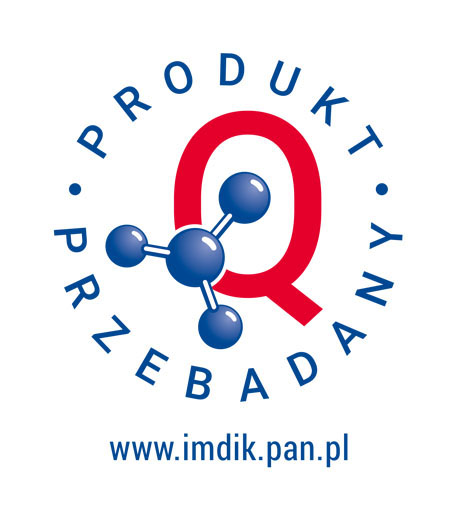Another key element important for immunotherapy, especially targeting solid tumors, is the tumor microenvironment. The tumor microenvironment is a complex structure that surrounds cancer cells and influences their development, growth, and interactions with neighbouring cells. The microenvironment plays a key role in such processes as angiogenesis (formation of new blood vessels), cancer invasion and metastasis. In addition to the tumor cells that constitute the tumor mass and influence their surroundings by secreting various growth factors, cytokines, and other chemicals, the tumor microenvironment includes a variety of other cells. These cells include fibroblasts, vascular endothelial cells, immune cells (e.g. lymphocytes, dendritic cells, natural killer cells), mast cells, fat cells, and many others. In the microenvironment, cells interact with the surrounding extracellular matrix, composed of structural proteins, glycoproteins and collagens. The extracellular matrix plays an important role in the regulation of cell signalling and cancer progression. Moreover, during the process of angiogenesis, essential nutrients and oxygen are delivered to the tumor, supporting its growth. Moreover, the tumor microenvironment is also full of various growth factors and cytokines that influence the proliferation of cancer cells, the regulation of inflammatory processes and the modulation of immune reactions. Unfortunately, the immunosuppressive tumor microenvironment plays an important role in the process of cancer cells avoiding attack by the immune system. Cancer cells can have an immunosuppressive effect on cells in their environment, e.g. by activating immunosuppressive pathways such as the PD-1/PD-L1 pathway, which allows them to avoid recognition and attack by immune effector cells. Additionally, cancer cells may limit the ability of immune cells to present antigen, which is important for the activation of T lymphocytes, making those antigens less visible to the immune system. Infiltration of immunosuppressive cells, such as regulatory T cells (Tregs) and myeloid suppressor cells (MDSCs), further inhibits the activity of T cells and other immune cells. Understanding and combating the immunosuppressive environment, especially in solid tumors, has become one of the areas of intense research in the field of oncology. Immuno-oncological therapies aim to break down immunosuppressive mechanisms and increase the effectiveness of the immune system in fighting cancer cells.






